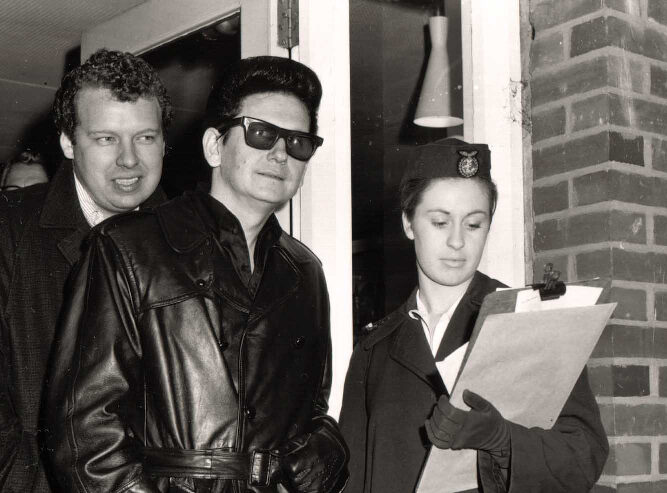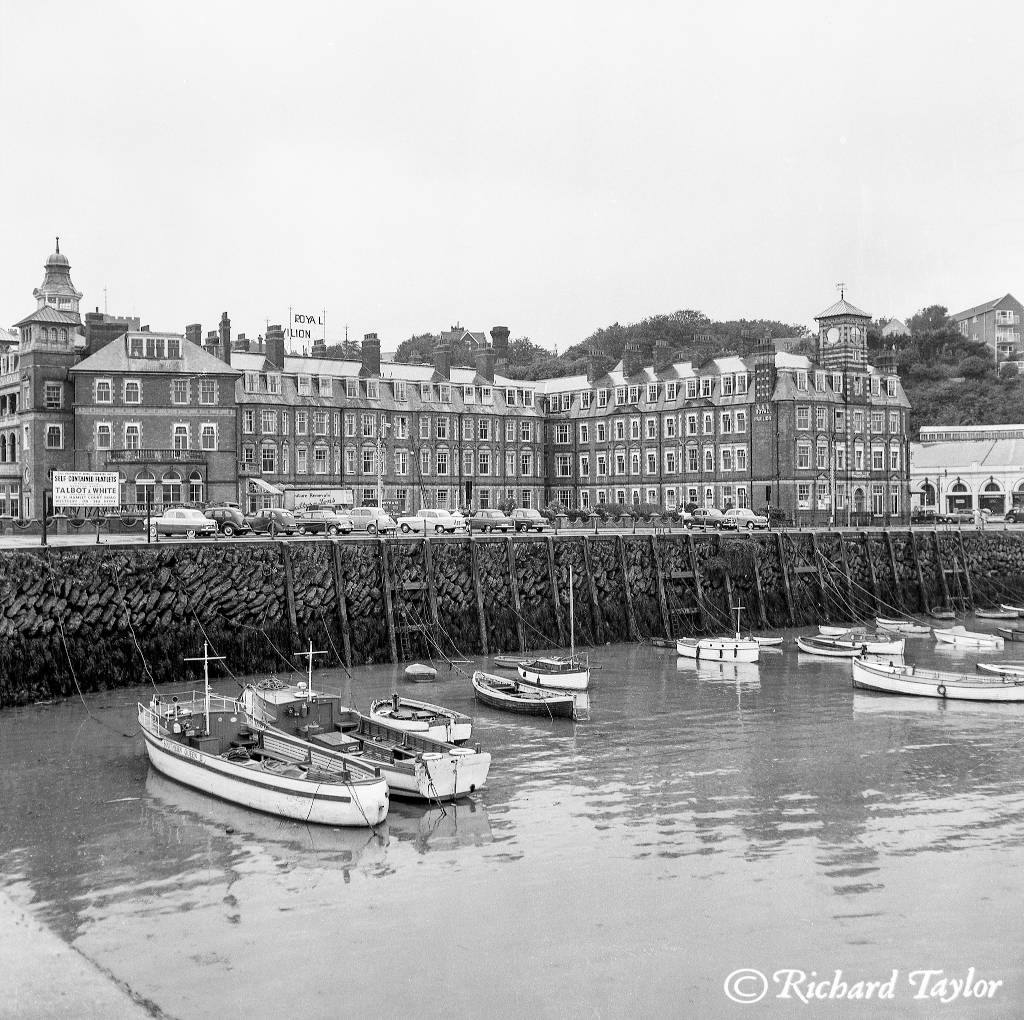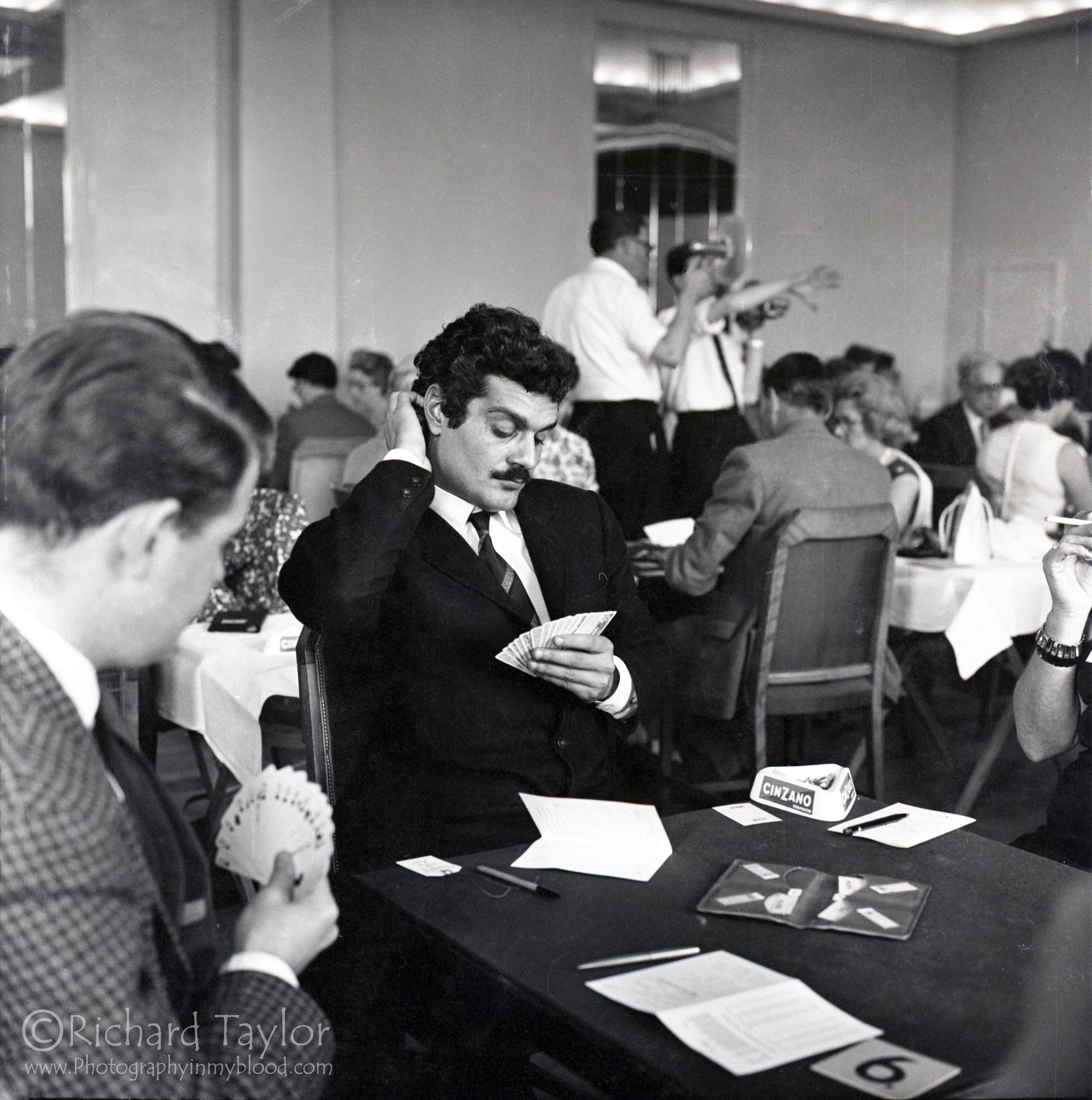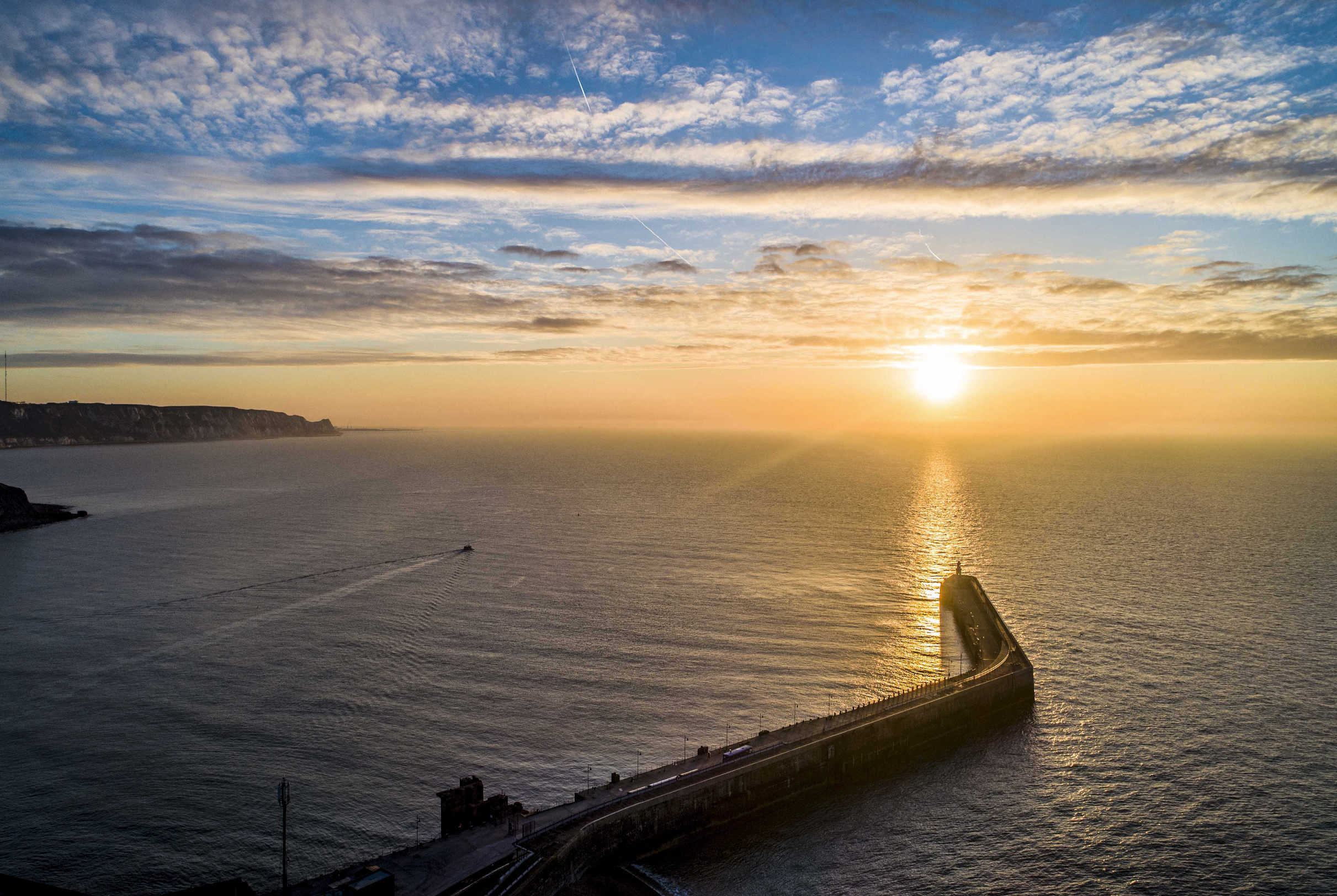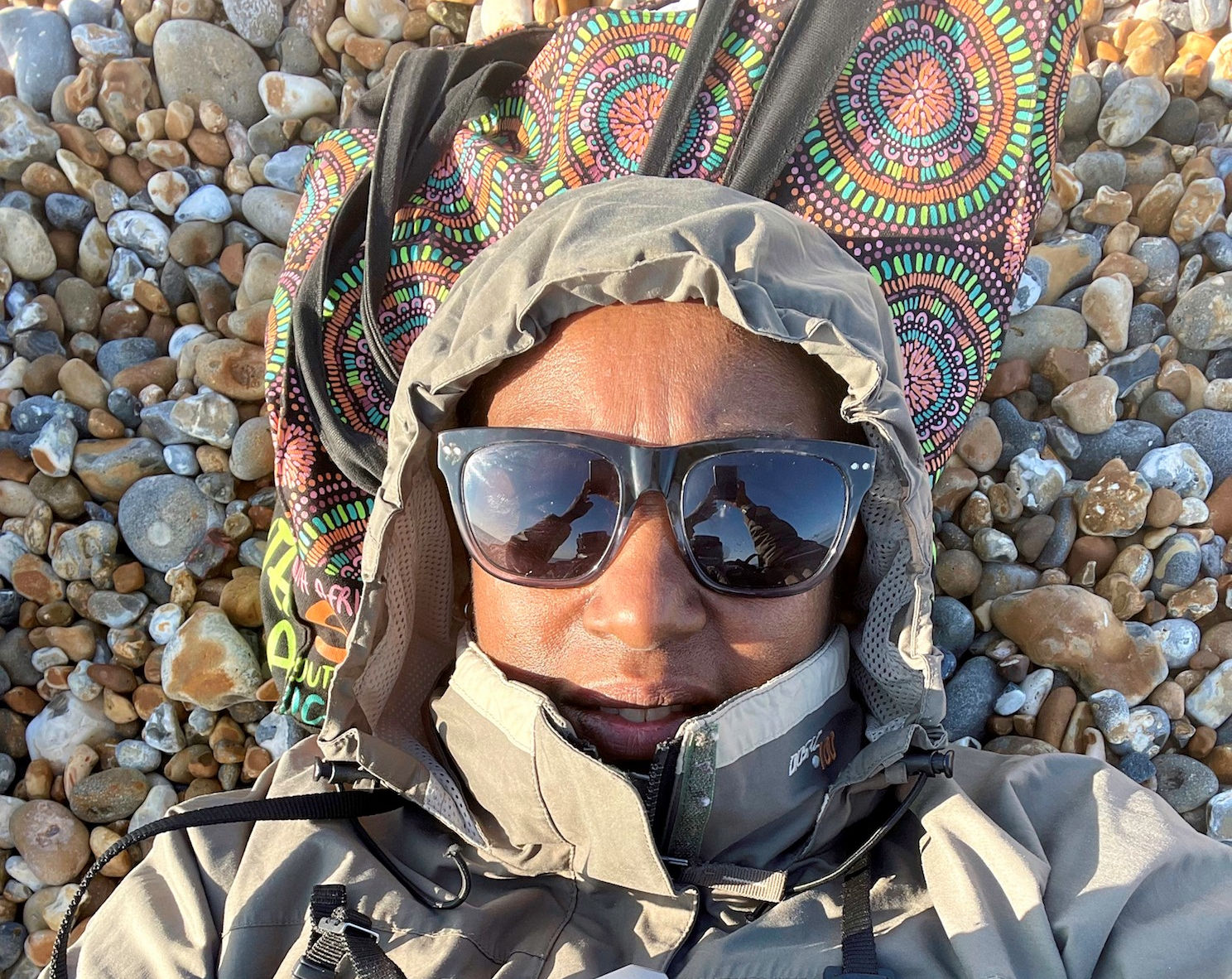Work
nik and Trick photography – documenting folkestone’s history
Nik and Trick Photography has been a long-time resident of The Old High Street in Folkestone. If you are looking for film, developing, equipment, advice and ideas then this is the place to come. Richard and Nikki have been running their shop since 2012 but Richard has been involved in photographing Folkestone for many years, including documenting the renovations of the Harbour Arm. Folkelife joined them in their basement to find out their story.
Richard: “I grew up around photography. My mum was a bit of an urban legend. When she was 14 all she ever wanted to do was be a photographer. She could be found wandering around the harbour with a twin lens camera taking people’s pictures. She’d then run home to Green Lane near Hill Road, develop them in the shed her father had built as a dark room. Then, she’d run back to the harbour, find the people and give them their picture.
“It would take an hour to develop the photos. She could do temporary passport photos or whatever. Eventually someone from Halksworth Wheeler Photography took a day trip down here, met mum and gave her an apprenticeship.”
richard taylor photography
“My dad went to Kings in Canterbury, he was very well educated. Then he joined the Army and did photography there. When he left he also joined Halksworth and that was where mum and dad met. They went out on their own in 1958 and basically if you were getting married in the 1960s, you didn’t go anywhere else for your photographs, you went to Richard Taylor Photography.
“The Herald was a big newspaper back then and they both did press photography too. The wedding side is the commercial bit. People nowadays think they can do wedding photography on their phones. We’ve had to rescue many a wedding from people with that idea. Mum and Dad both served 5 year apprenticeships and it really is a craft understanding photography.
“Go to the Civic Centre and there’s a photo there of Princess Margaret signing something. Well, that’s my dad’s handwriting on the photo because he took it. They photographed many of the events happening in Folkestone at the time, and trained up the head photographers of The Herald too.”
skinny whippet of a boy
“Well, in the late 1970s I was handed a book by John Hedgecoe, a famous British photographer, and expected to help out. I had a Rollieflex camera and was sent out with mum to take photos at the weddings. I hated it!
“What I have spent 20 odd years doing though is photographing motorsport – Rallycross specifically. That’s much nicer than weddings! You don’t have to go up to people, you can take photos of the events that are happening in front of you. I love doing that.”
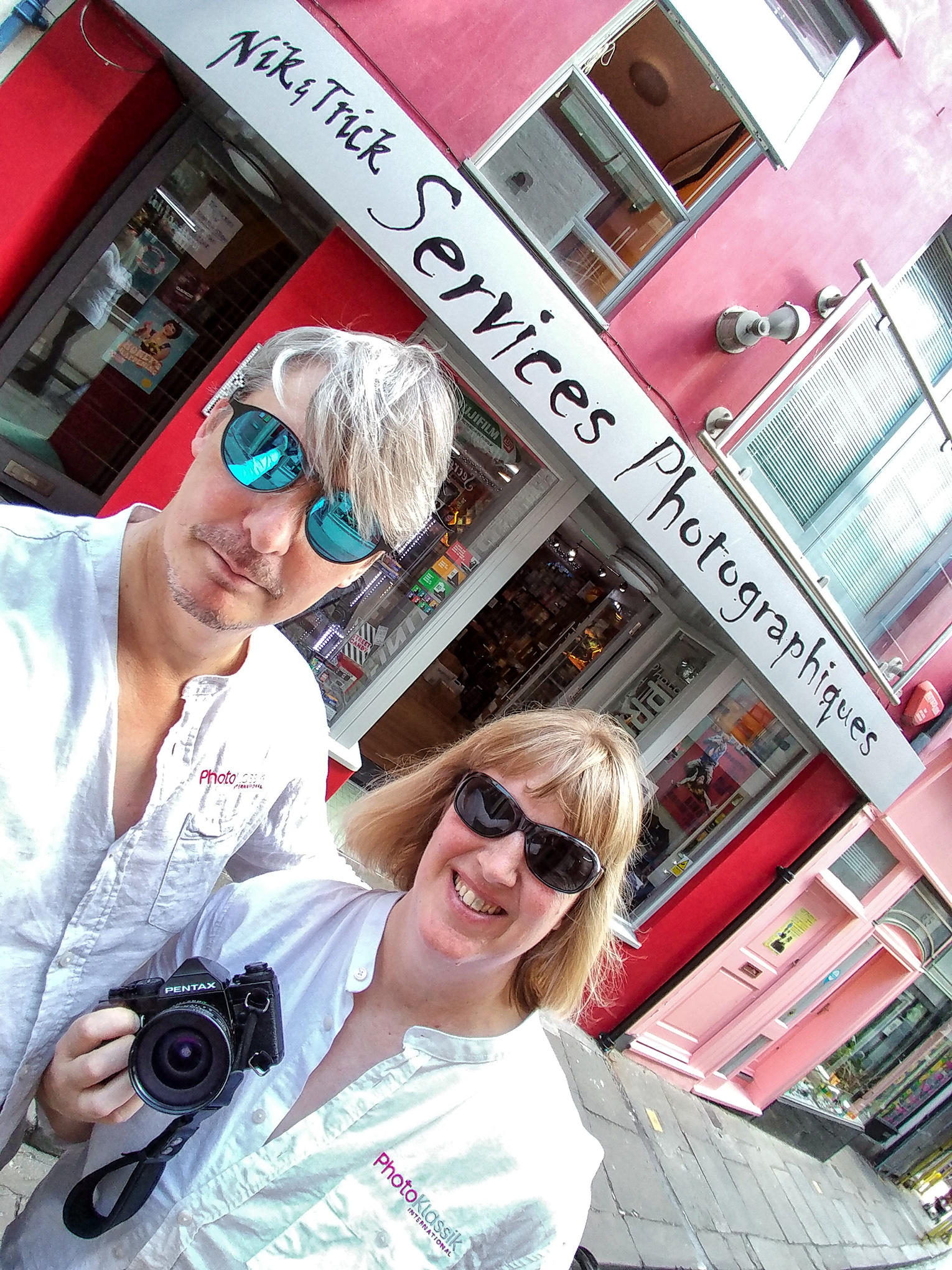
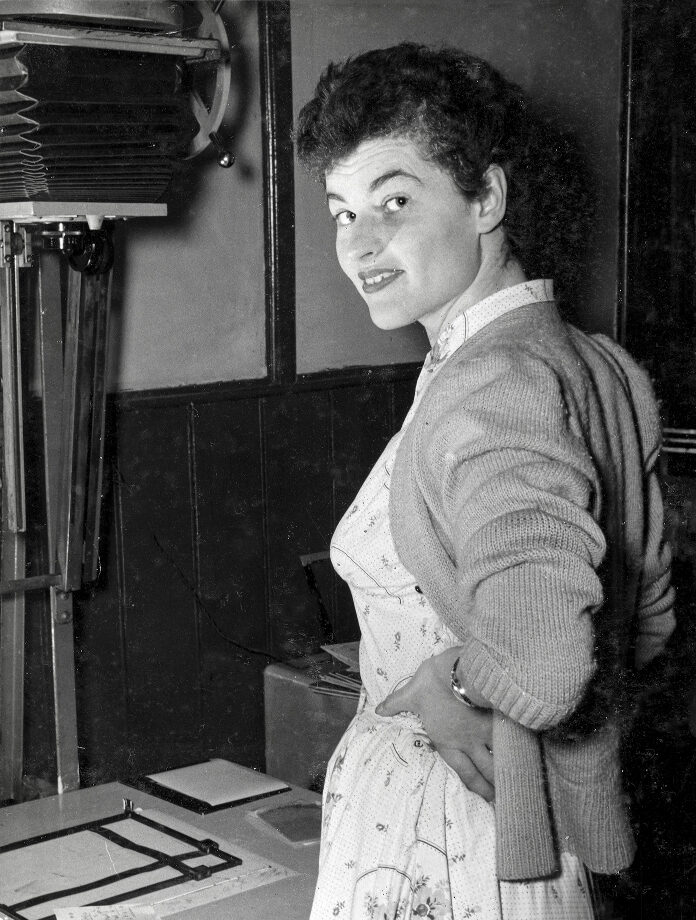
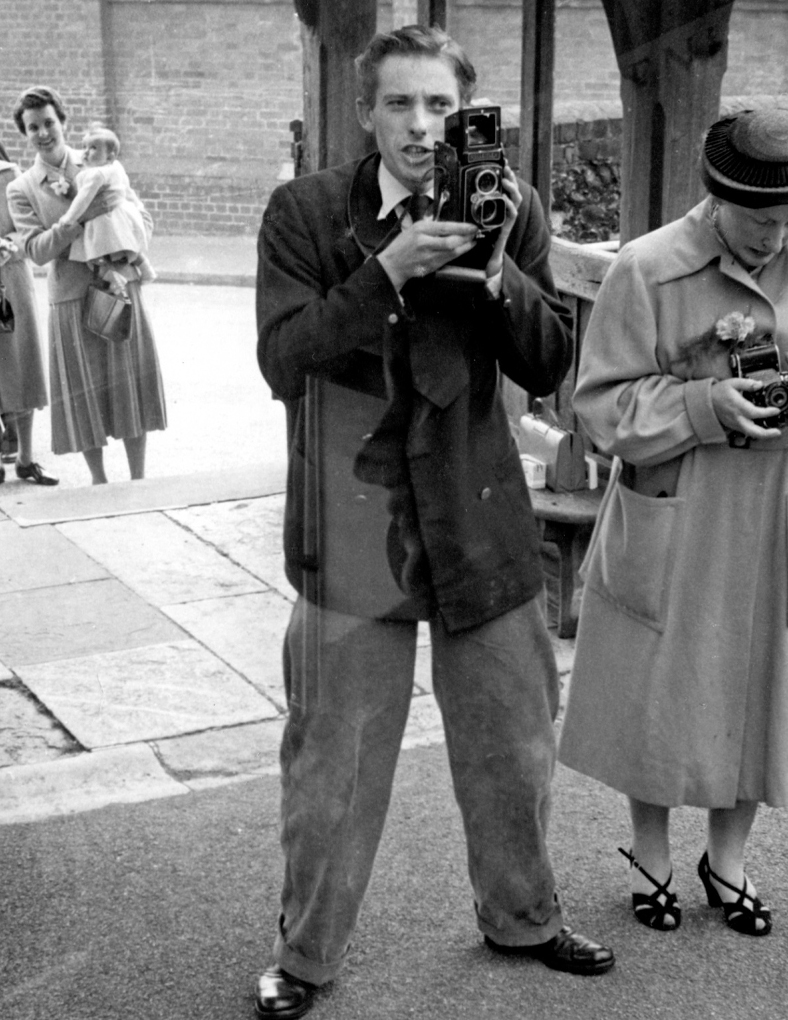
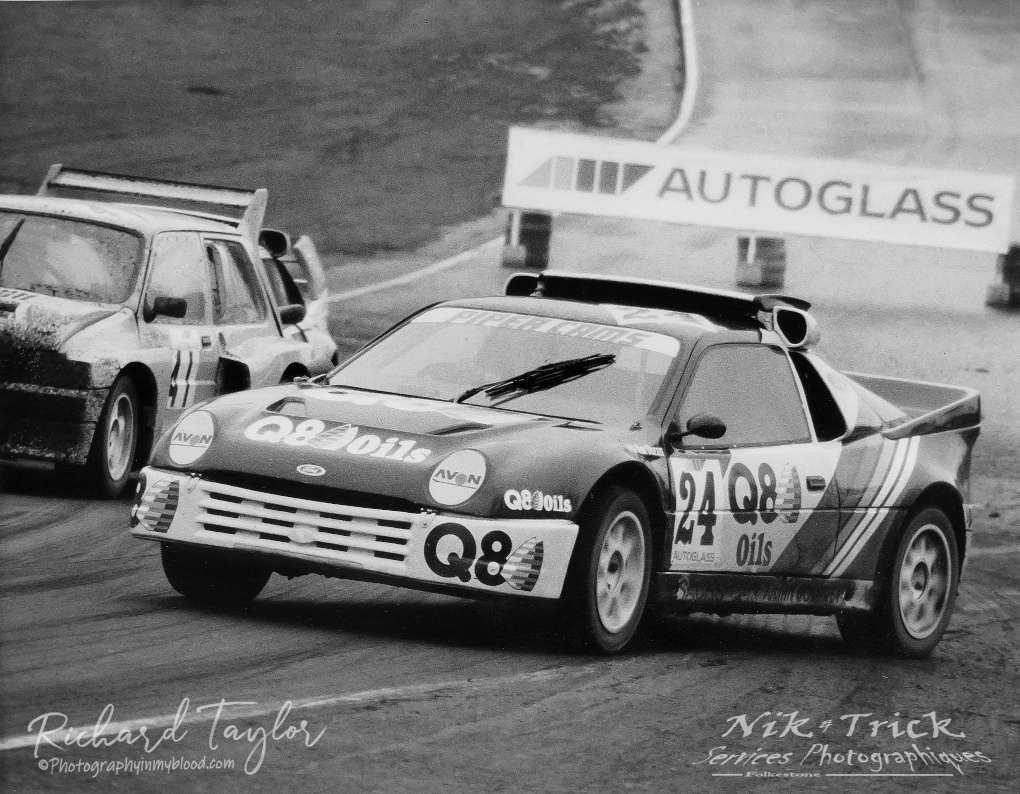
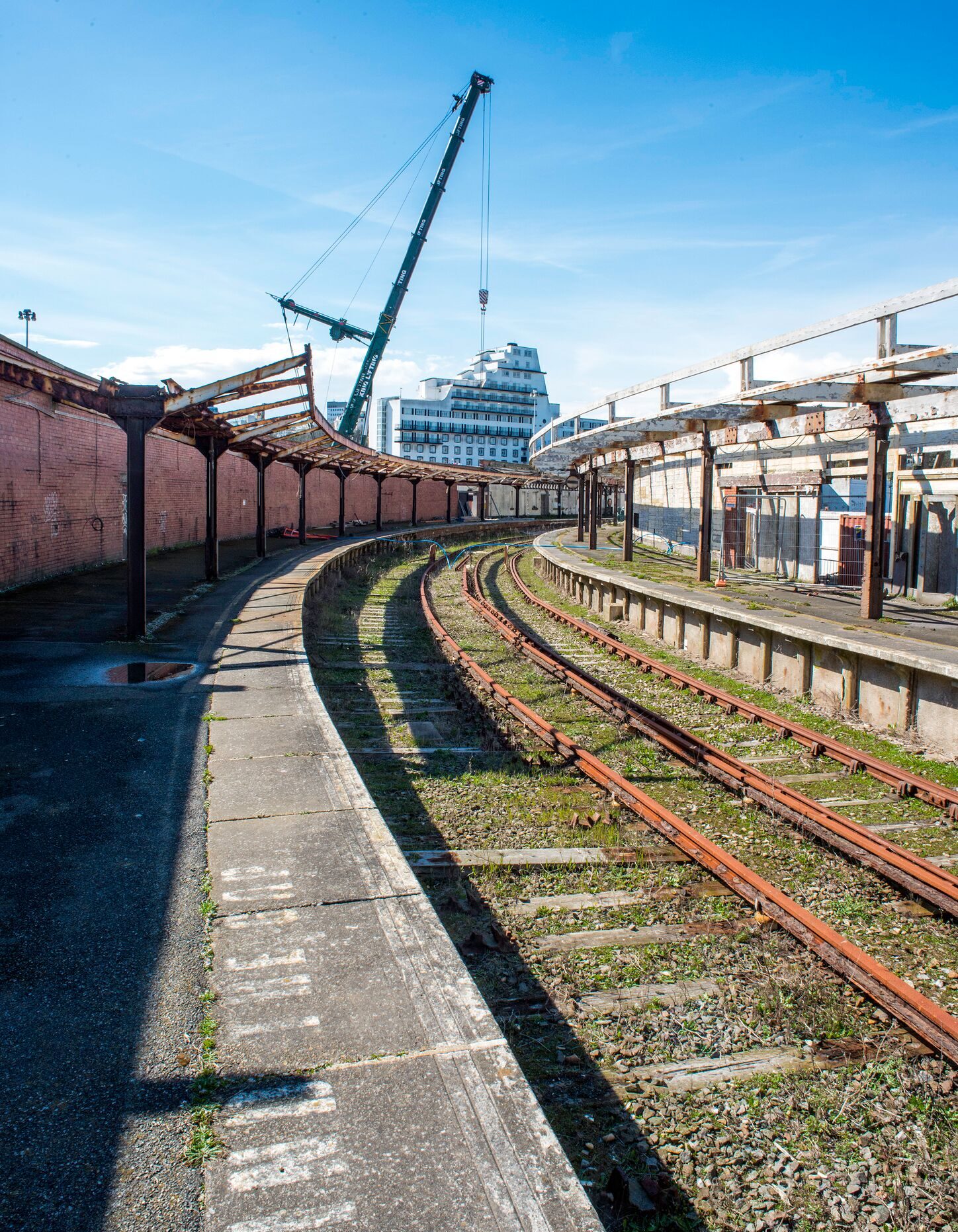
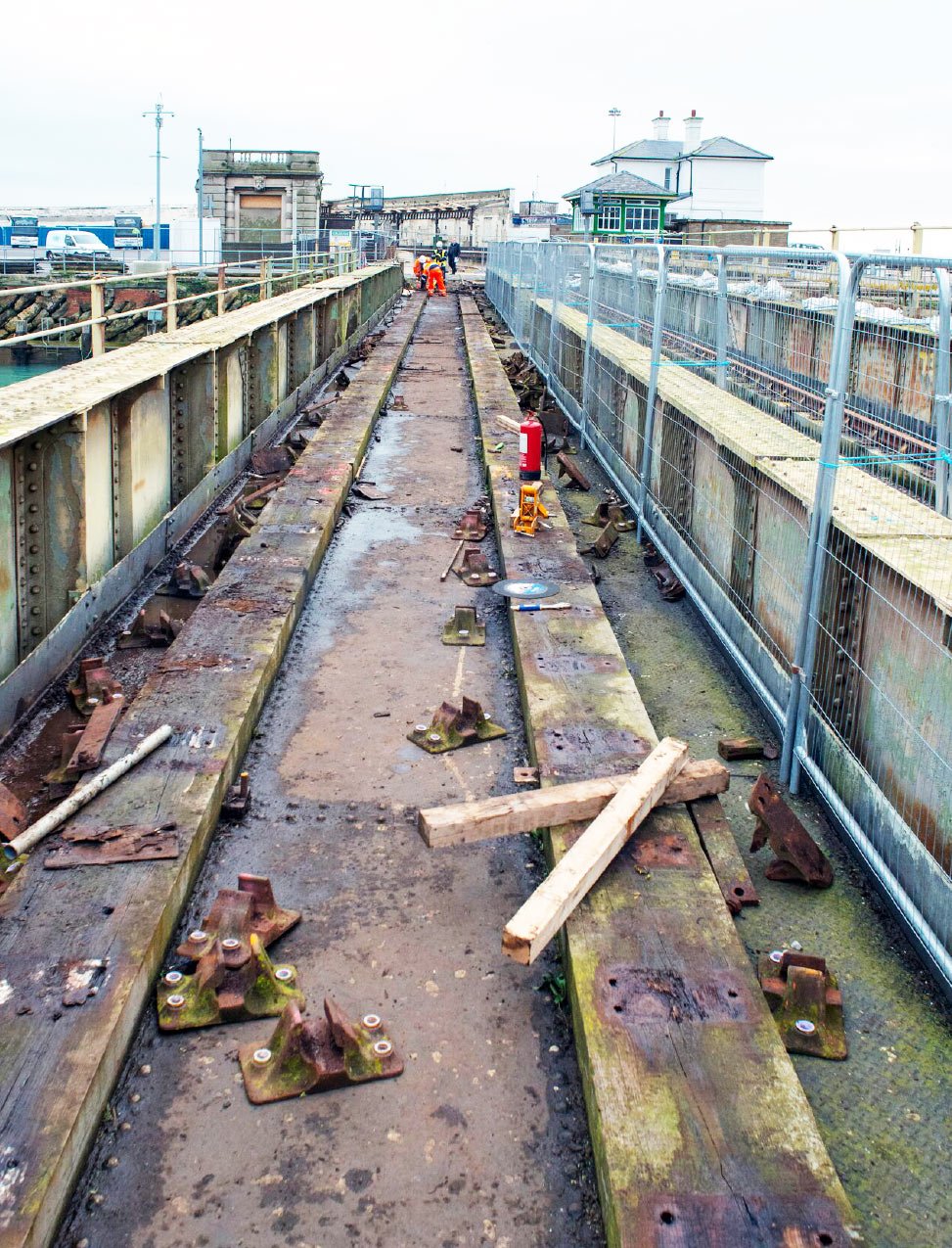
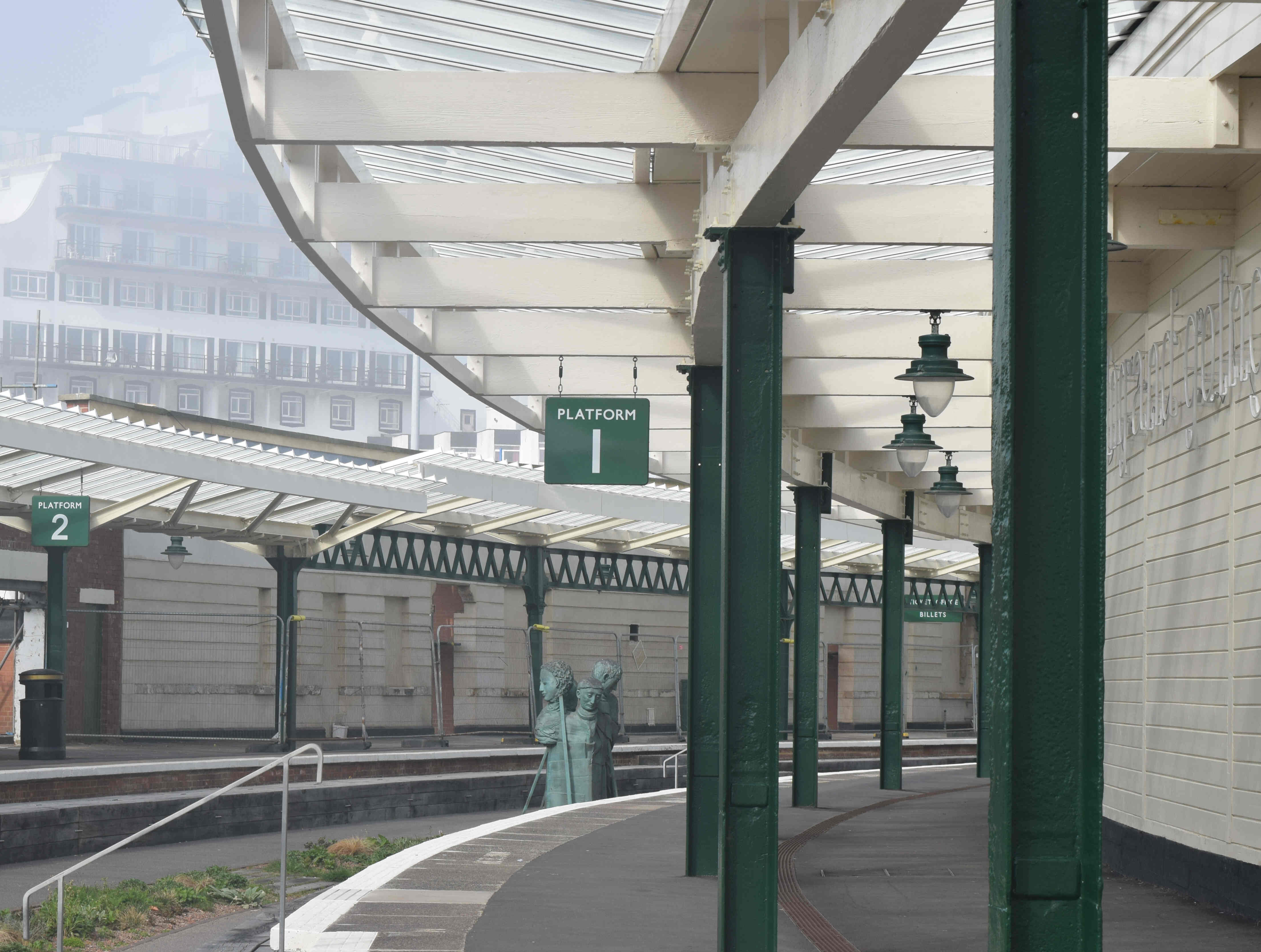
the shop
Richard: “Well, I did spend 30 years as a debt collector for the local authority and that was tough. It was exhausting and I couldn’t see it getting any better. So, Nik and I thought that we had enough money for 6 months’ rent on this place and thought we would give it a go.”
Nikki: “Yes, we had to pay 3 months up front and we were nervous about it. We started thinking we’d be a print service but it became very obvious, very quickly, that there was a really large market for film photography and so we gradually built up what we do here.”
Richard: “People did laugh at me for doing film, as it certainly wasn’t as popular then as it is now. We were invited to an exhibition, and I took that photo of a baby that we have upstairs and put that on the wall. That’s when everyone went quiet and understood what you can do, and why film is still really important and useful to use.”
shooting with film
Nikki: “Everyone is using it, it’s not just one sector of society. We find that professionals and amateurs are enjoying shooting with film. It’s really big in the skateboarding scene too. I guess it goes with that retro/vintage feel of skateboarding. So we have a lot of custom around here, what with F51 just down the road. Dan who runs Happy Skate is big into his film cameras too and we do a lot of work with him.”
Richard: “Folkestone’s changed a lot over the years. There was a time when we’d get the cast of Eastenders coming down in limos to the nightclub on the seafront. They’d get changed in the back of the car. It was an award-winning nightclub, known nationally, and had the clientele and numbers to match. Over time it changed from a place you’d dress up to go out to into a ‘pint and a fight’ night out. And now it’s not there at all.
“When we started here on The Old High Street we were one of the first. And we’ve gone through the quiet years where there were not many other businesses, but now we’re at the point where nearly every property is full and it’s really lively.”
harbour arm renovations
In 2012, with Nikki and Richard as new Creative Folkestone tenants, Richard could sense that the town was about to change. Investment in the town from Sir Roger de Haan was becoming really obvious and the harbour area would soon be on the list to tidy up and renovate. Richard wanted to get down there and photograph it at its worst and got permission to do so.
Richard: “I wandered around the platform, station, harbour arm and into some of the buildings down there. I probably went into areas I shouldn’t have as they weren’t safe. It was clear that the previous owner hadn’t bothered to keep the site in a condition for anything. I’ve been writing a website with my photos to show just exactly how bad it was down there. People are a bit glassy-eyed about the past and wanting the ferries back, or the Rotunda. The thing is, we’ve moved on. Those things wouldn’t work now.
“One day Sir Roger walked into our shop and saw some of my photos of the derelict harbour. He said something along the lines of “Bloody hell! Someone’s been photographing it…” and left. I thought I was in trouble but it turns out they were interested in that documenting and called me to continue photographing their work on it.
“I’ve got a record from 2012 through to 2018 where you can compare different areas of the harbour and just how much work as gone in to making it look the way it does today. If it had been left the way it was Folkestone would certainly not be the centre of attention as it is today.”
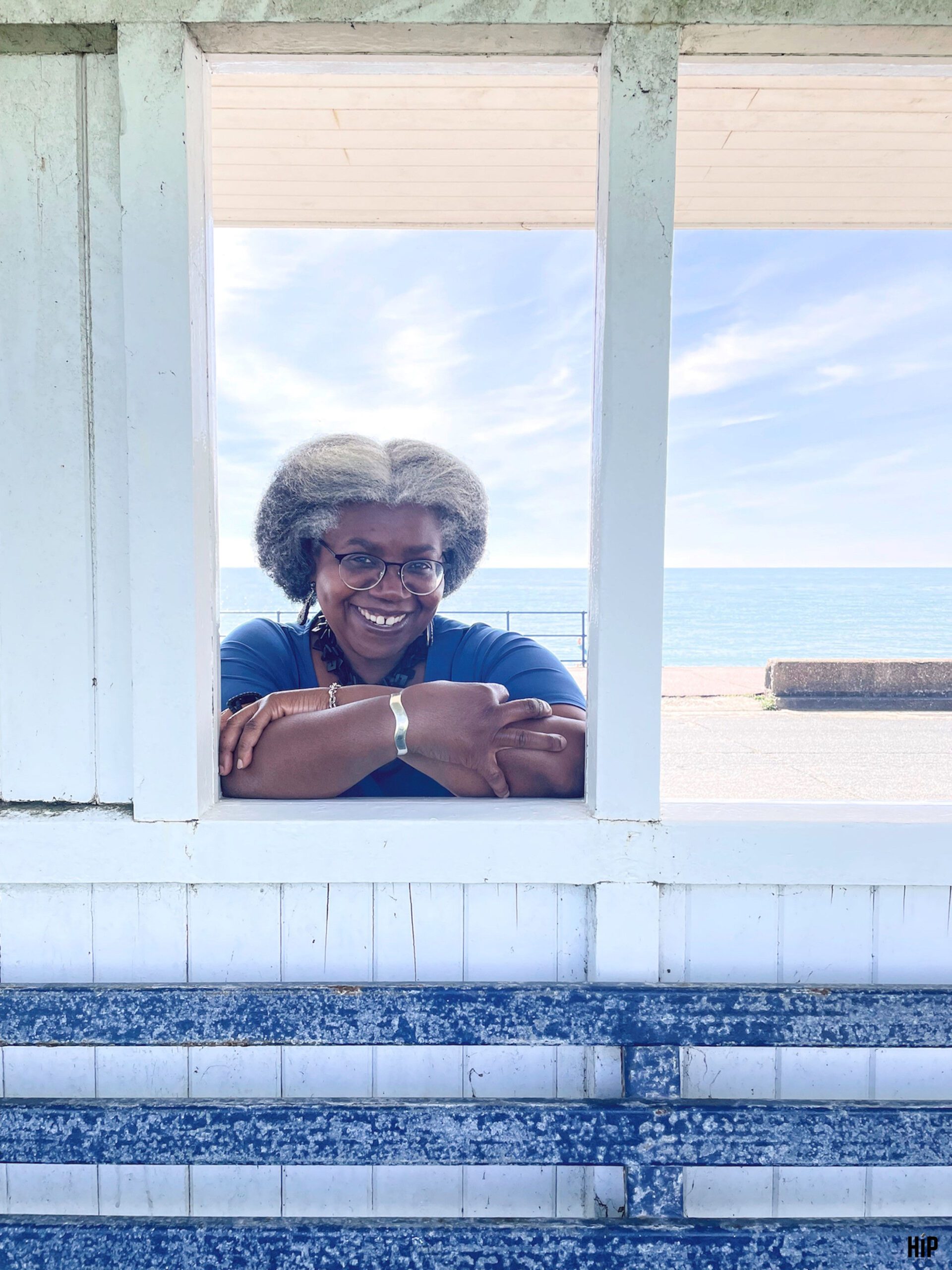
supporting the artistic community
Richard: “One thing I did learn from my old man was the art of reproduction of a photograph. That’s what we thought we’d be doing here, supporting the artists in reproducing their work. There’s a real skill in that area of the work here. Anita Mackenzie was great. She lives just down the road and came in here really concerned about the printing and production of her photos for an exhibition. It’s great working closely with people like her and we can get them exactly what they were hoping for in their prints.”
Nikki: “One of the things we’re most proud of though is how many photographers we’ve got processing their work at home. We sell all of the kit and solutions you need, and advice on how to do it. It’s all part of the process of taking the photo. You know what the original looked like and what you were trying to capture in that photo. With some films there are over 30,000 different permutations of how you could develop that photo, so if you’re doing it yourself and understand the film you’re working with then you can get the desired effects.”
pioneering techniques
Richard:“One of the things we’ve done here is pioneered the use of motion picture film for stills photography. A lot of people are taking it for granted but it’s a difficult film to use. It has a coating on it and if you had read about this in 2012 it would have put you off photography all together. But we’ve played around with it and have found out how to process it. Now you can take photos with it and get that motion picture feel for every still you create. They’re taking it for granted but it’s something we’ve worked really hard on.
“We’ve had films in from the BBC to do, two movie films to process, films from as far away as Tokyo. But we’re still the little guy. When we started there were not many people dealing with film, now there are loads of bigger places than us doing that and attracting the young, hip audience. We’ve got a much broader audience, which I like, and we’re small and want to stay fairly small too.
“We’re celebrating being here for 10 years with a new lease for another 5. What we’ll do after that I have no idea, but we’re here, we’ve got a smile on our face and we’re ready for where this takes us.”
